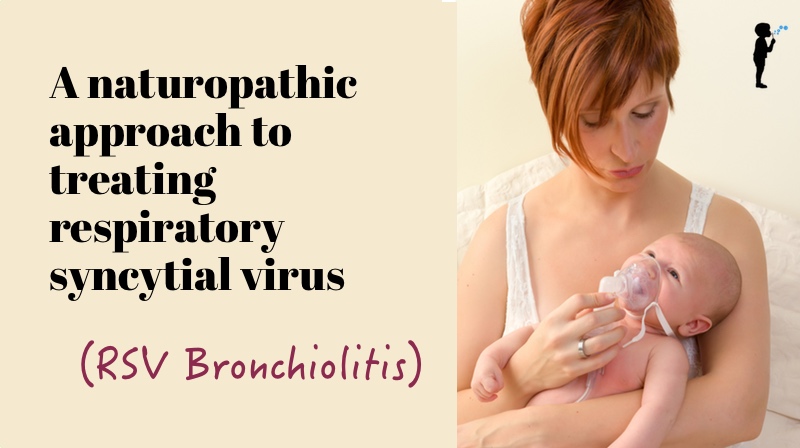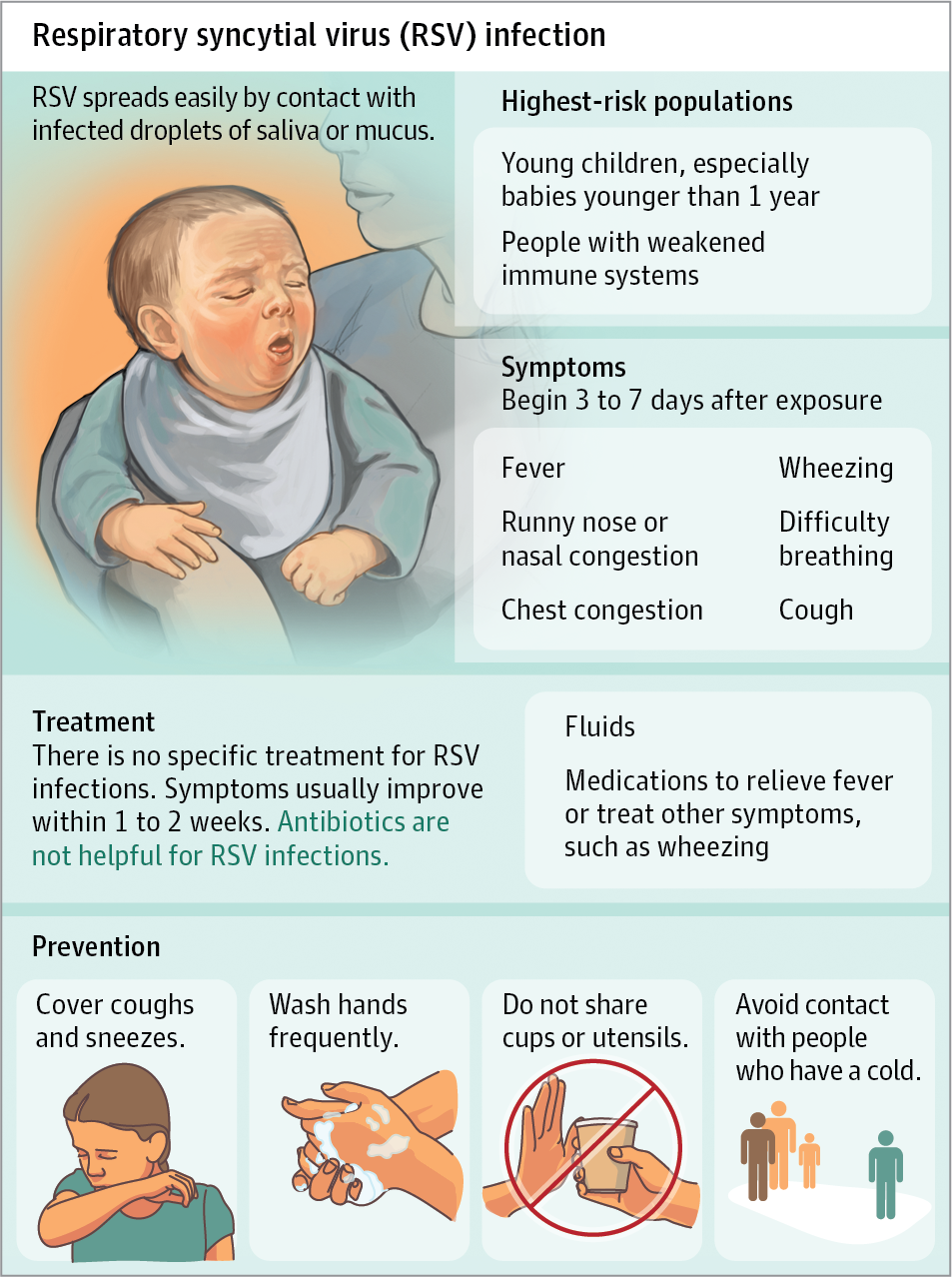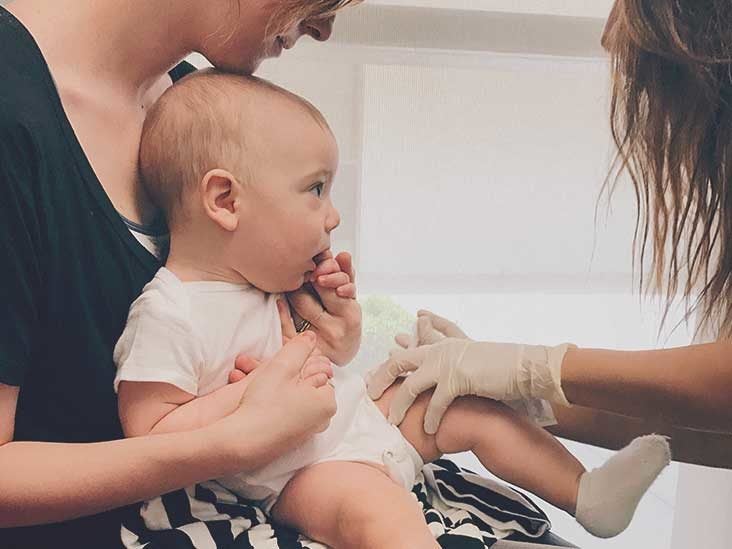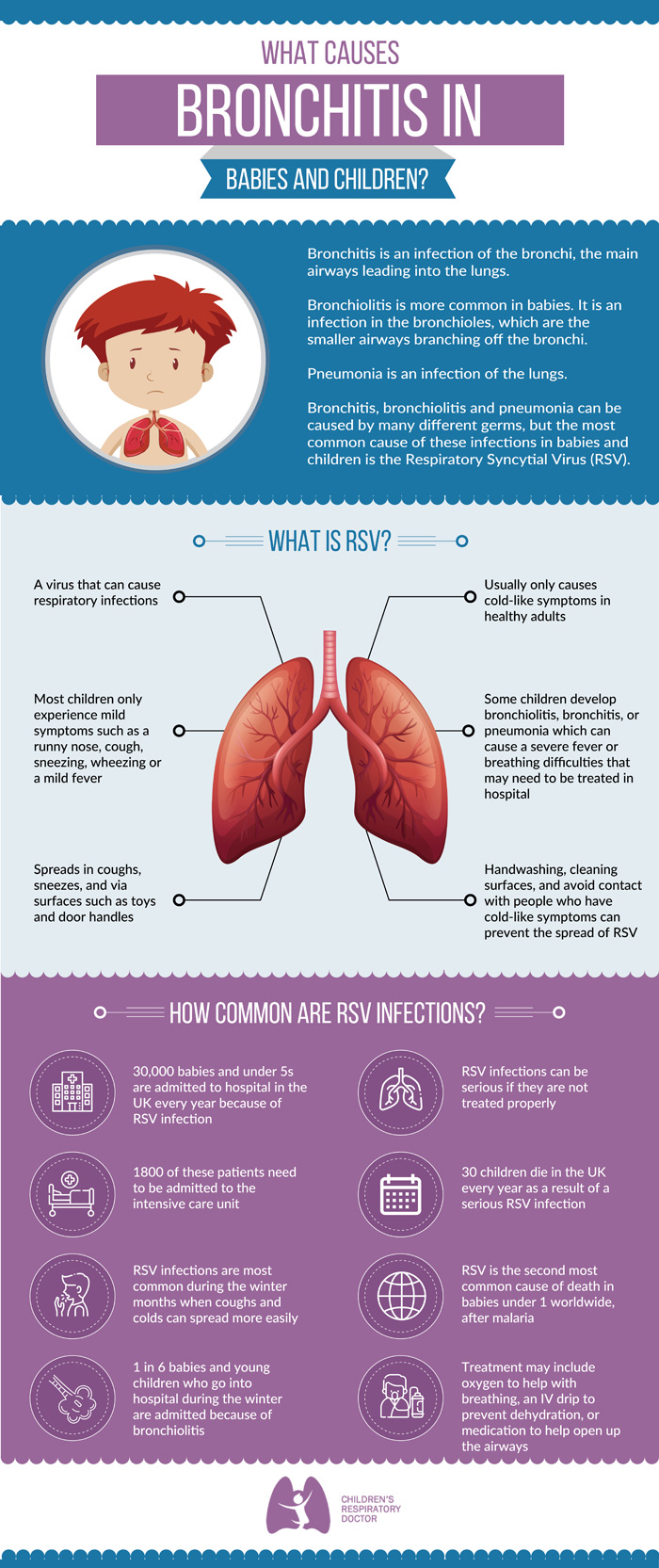rsv in babies meaning
RSV is the most common germ that causes lung and airway infections in infants and young children. The test is usually done during the RSV season the time of year.

Rsv Perspectives And Insight From A Healthcare Hero Cenexel
Some of the youngest afflicted with RSV can just show poor feeding irritability and breathing difficulties.

. Most kids have had the virus by the time they turn 2. Respiratory syncytial sin-SISH-uhl virus or RSV is a common respiratory virus that usually causes mild cold-like symptoms. What is RSV in babies.
The virus can give children a cough and a fever and sometimes wheezing. RSV is an infection in your airways. Most people recover in a week or two but RSV can be serious especially for infants and older adults.
Symptoms of severe RSV in infants include. Respiratory syncytial virus or RSV is a viral infection that can cause significant symptoms in infants under the age of 2 years old. But its most serious in babies.
Decrease in appetite. Ad Severe RSV Disease is Unpredictable Any Infant can be Hospitalized in their First Season. Babies with RSV can develop bronchiolitis which causes coughing wheezing and labored breathing.
What Is Respiratory Syncytial Virus RSV. It can also lead to pneumonia an infection of the lungs. But even if you are one of the lucky ones RSV is a highly contagious illness which means toddlers who touch everything and everyone are very susceptible.
Respiratory syncytial virus RSV is a serious cause of respiratory infection that can affect people of all ages. Respiratory syncytial virus RSV is a common highly contagious illness that often causes mild upper respiratory symptoms similar to a cold. Respiratory syncytial virus RSV is a common virus that infects the lungs and breathing passages.
Respiratory syncytial virus is a common and very contagious virus that infects the respiratory tract of most children before their second birthday. Belly breathing look for a. Almost all babies get it before the age of 2.
Its Time to Speak out for All Infants Against the Impact of Severe RSV Disease. These symptoms usually crop up in stages. It is the most common cause of upper respiratory infections in infants and children.
Your baby can get RSV at any time of. In very young infants the only symptoms may be irritability decreased activity and trouble breathing. RSV in Very Young Infants Irritability Decreased activity Decreased appetite Apnea pauses while breathing.
It is the most common cause of. RSV is a viral illness that causes trouble breathing. Very young infants may be irritable fatigued and have.
Flaring spreading out of nostrils with every breath. Most babies have been infected at least once by. RSV can also cause more severe infections especially in people at high risk.
Short shallow and rapid breathing. Most infants have had this infection by age 2. RSV stands for the respiratory syncytial virus a virus that commonly causes respiratory tract infections especially in infants and young children.
Key points about RSV in children. And for kids who are toddler-age and older. RSV is a common childhood respiratory virus that mostly afflicts young children often under the age of 5.
The majority of children. RSV is a seasonal virus that primarily affects children and its really common. But its most serious in babies.
In fact its one of the viruses that can cause a cold. These infections include bronchiolitis an. These symptoms usually appear in stages instead of all at once.
Initial signs of RSV are similar to mild cold symptoms including congestion runny nose fever cough and sore throat. RSV is a common virus in the fall and winter months. Find out more about RSV and learn how to recognize the signs in infants and babies as well as how the infection can be treated.
Respiratory syncytial virus commonly known as RSV is a specific virus that has similar symptoms to the common cold but may cause inflammation of the smallest air. An RSV test is used to diagnose respiratory syncytial virus RSV. Respiratory syncytial virus or RSV for short is a strange-sounding name for an illness you may not have heard of but its more common than you think.
An RSV test is most often used to check for infections in infants the elderly and people with weakened immune systems. Outbreaks of RSV infections most. This respiratory virus typically causes mild coldlike symptoms in older children and adults but it can lead to more serious problems in babies and young children.
RSV is the most common cause of bronchiolitis inflammation of the small airways in the lung and pneumonia infection of the lungs in. It is more common in winter and early spring months. Its usually not serious but symptoms can be much more severe in.
RSV positive means a. RSV can also cause more severe infections such as bronchiolitis an inflammation of the small airways in the lung and pneumonia an infection of the lungs. However in infants older adults.

Respiratory Syncytial Virus Rsv National Foundation For Infectious Diseases

Respiratory Syncytial Virus Rsv Vaccine Knowledge

Symptoms Causes And Home Remedies For Rsv In Babies Pediatric Nursing Sick Baby Pediatrics

What Is Rsv In Children Norton Children S Louisville Ky

Rsv In Babies How To Detect Symptoms And Treatments

A Naturopathic Approach To Treating Respiratory Syncytial Virus Rsv Bronchiolitis Naturopathic Pediatrics

Patient Education Bronchiolitis And Rsv In Infants And Children Beyond The Basics Uptodate

Rsv Etiquette Keeping Your Baby Safe Frosted Fingers

Everything You Need To Know About Rsv Pediatrician Mom Drjaimefriedman

Respiratory Syncytial Virus Nursing Care Planning And Management

Bronchiolitis And Rsv After Hours Kids Pediatric Clinic

How To Recognize The Warning Signs Of Rsv Allergy Asthma Network

Respiratory Syncytial Virus Rsv

Respiratory Syncytial Virus Rsv National Foundation For Infectious Diseases

Dr Lara S Guide For Rsv Dr Lara S Blog

Rsv Respiratory Syncytial Virus Test

Rsv Cases Exceed Epidemic Levels In Lubbock The Hub Ttu

Efcni Do You Know The Signs Of Rsv Rsv Usually Occurs Seasonally This Means Mainly In The Cold And Rainy Months Such As Autumn Winter And Early Spring In Temperate Northern
